There are a wide variety of toys and cage furnishings available for pet birds. However, not all of them are appropriate or suitable for parrots and many of them can be dangerous and life-threatening. In my surgery, I have a bag full of inappropriate toys and cage accessories that have killed parrots. The birds died simply because they were fulfilling their natural instinct to chew. Unfortunately, they chewed on the toxic metal, fibre, soft and brittle plastics of their inappropriate, commercially manufactured toys and cage accoutrements.
Parrots are “hard-wired” to chew. When foraging for food in the wild, they chew nuts, seeds, pods, grasses and fruits. They also chew to keep their beak in top condition. In captivity, they need appropriate, safe and healthy materials to chew on such as rough bark perches, green leafy branches, seed pods and fresh, green, seeding grasses. However, many owners provide instead poorly constructed and inappropriate, commercially produced toys and rope perches. I have had many birds presented suffering from fibre impaction as a result of chewing on tasselly, rope toys and woven rope perches that have been sold as “bird friendly”. Birds suffering from fibre impaction show signs of persistent vomiting and chronic weight loss. Some birds are close to death when presented and the fibre blockages of the bowel and stomach are discovered on post mortem examination. Sometimes fibres can be removed from the crop without surgical intervention. However, the veterinary costs and suffering to the bird can be averted by avoiding toys and perches that have the potential for causing fatal fibre impactions.
Just as pet bird owners need to be aware of the potential danger from toys containing fibres, they also need to be aware of the dangers posed by cheap metal and plastic toys. Plastics are manufactured from many toxic substances and petrochemicals. Any soft or brittle plastics that can be chewed by birds can cause serious problems such as blockages, penetrating wounds and poisoning. A little budgie was presented to me, suffering from apparent central nervous problems. He was “spaced out” and suffering from loss of balance. An X-ray revealed numerous, small, semi-circular shapes in his stomach. On questioning his owner, it was discovered that these shapes corresponded to “bite marks” in a new plastic toy she had added to his cage. The toy was removed from the cage and the bird (treated symptomatically) made an uneventful recovery. Safe plastics should be “bullet proof” polycarbonate that can withstand the toughest punishment from any parrot. Metal toys are another common cause of toxicity in pet parrots. Copper and chrome bells, lead clappers, rusty metal chains and toys can be the cause of metal toxicity in pet birds. Stainless steel is the preferred metal used in the manufacture of “bird safe” toys. However, it is not just toxic metals in toys that can cause health problems in pet parrots, any toys with metal hooks or protruding or sharp angular metal can also be dangerous for your bird. I remember another case where a sulphur crested cockatoo had a dangling metal toy with a hook that became skewered through his lower beak and under his tongue. He was left caught for several hours before his owner came home and discovered him. He required extensive surgery to repair the damage caused by his entanglement.
Even something as seemingly harmless as a tennis ball caused an Alexandrine parrot to come to grief. His owners gave him the tennis ball to keep him amused. However, he peeled some of the felt from the surface of the ball and got his head caught between the peeled felt and the ball. He was almost strangled by his entanglement and it was several hours before his plight was discovered. By that time he was suffering from a severe exertional myopathy and he took several months of intensive nursing and treatment before he slowly recovered.
To avoid these types of problems, it is necessary to choose your bird’s toys and cage furnishings very carefully. Toys made from natural wood, gum nuts and bark provide safe and healthy chewing opportunities for your bird. Just like rough bark perches, these toys can be regarded as disposable. When they are chewed up, replace them. There are many other safe, interesting and interactive toys available that are made from tried and tested “bird safe” polycarbonates, stainless steel, naturally tanned leather and paulie rope. A range of “foraging” toys are also available that stimulate birds to “problem solve” in order to find the “treat” hidden within the toy.
Toys can be beneficial and enrich the life of a caged bird. However, make sure that you are aware of the dangers that can occur from the use of poorly constructed toys from inappropriate materials.
FAQs
You should provide your bird with natural, safe materials such as natural perches with rough bark for them to chew on, seed pods, leafy branches and seeding grasses. Toys should be made of stainless steel or natural wood. Your local parrot vet can give you advice on suitable toys, cage accessories, trees, seeds and grasses for your parrot.
You should avoid cheap plastic or metal toys. Plastics are made from toxic substances and soft or brittle plastic can be ingested by your bird, leading to serious health issues. Cheap metal toys are often made from metals that are toxic to birds, such as chrome and copper bells and toys containing lead. Exposure to these substances may end up requiring a visit to an avian hospital.
It is important to choose toys and cage accessories that are made from durable materials and have no small parts. Avoid toxic metals such as lead, zinc, copper, aluminium and chrome, which are commonly used in cages and metal toys. Metal toys should be made out of stainless steel and be large enough to ensure they are not a choking hazard for your bird. Perches should be made out of natural wood with the bark still attached, and toys should be natural wood or seed pods such as gum nuts. Fittings and fixtures should be made of stainless steel, naturally tanned leather or paulie rope. Your local bird vet clinic should have appropriate toys and accessories available for sale.
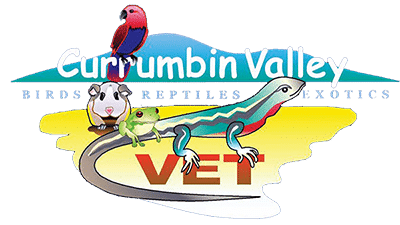
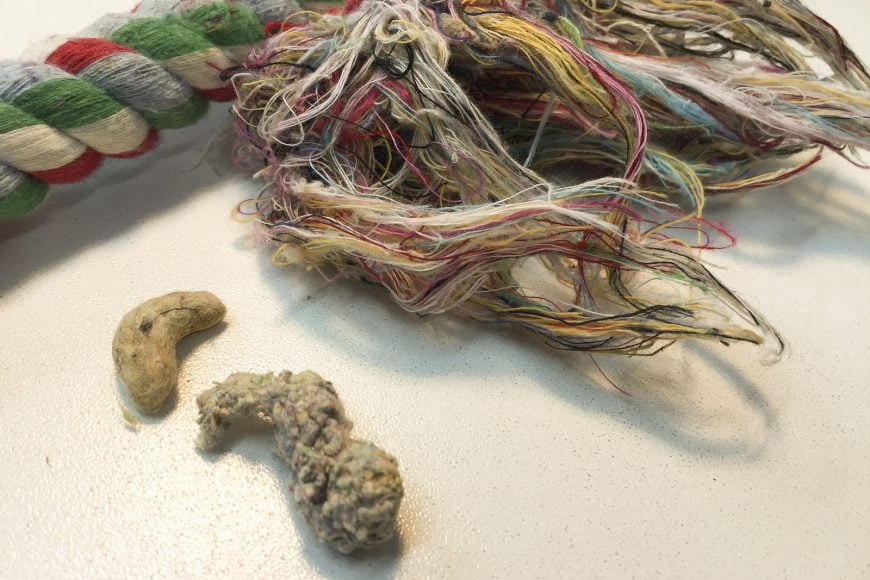
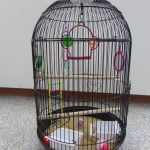
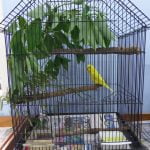


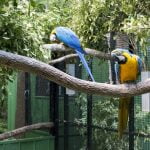
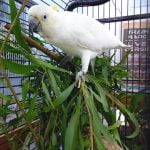

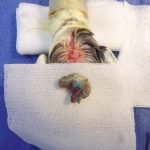
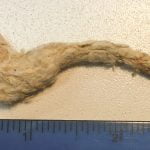
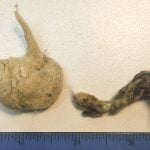
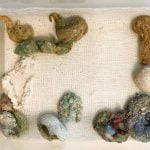
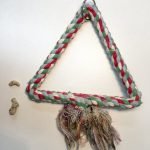
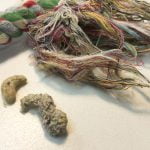
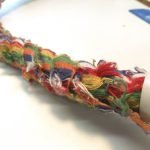
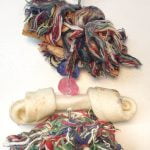


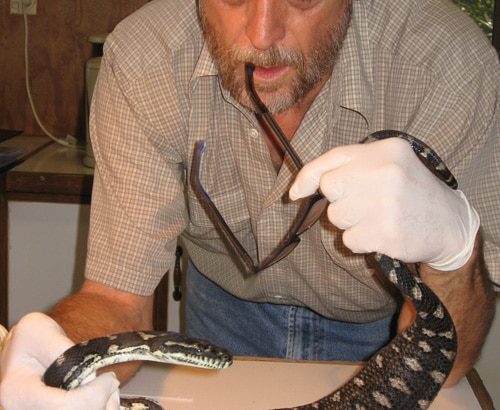

Is an all-cotton white undershirt (washed and rinsed multiple times) that I cut into strips, tie the strips together, and then hang up (with butcher twine) safe?
She snuggles inside it, and yes, she does chew off pieces.
She will be miserable if I take it away. She uses it to nestle inside and sleep. Is there an alternative if this is unsafe?
Thank you.
how bout rattan ball??
is that safe for the bird??
thanks in advice
Apologies the address is provided below. Ron W.
Good afternoon, we have a pet Budgie with an overgrown beak that requires trimming. Could you please provide an address so as to make an appointment and what would the cost be